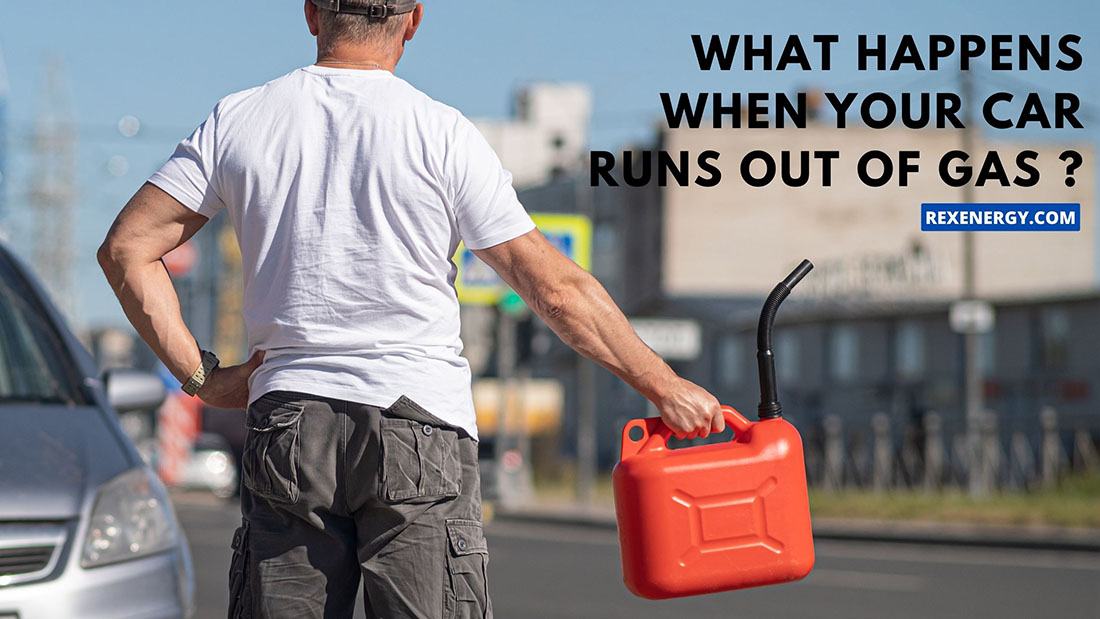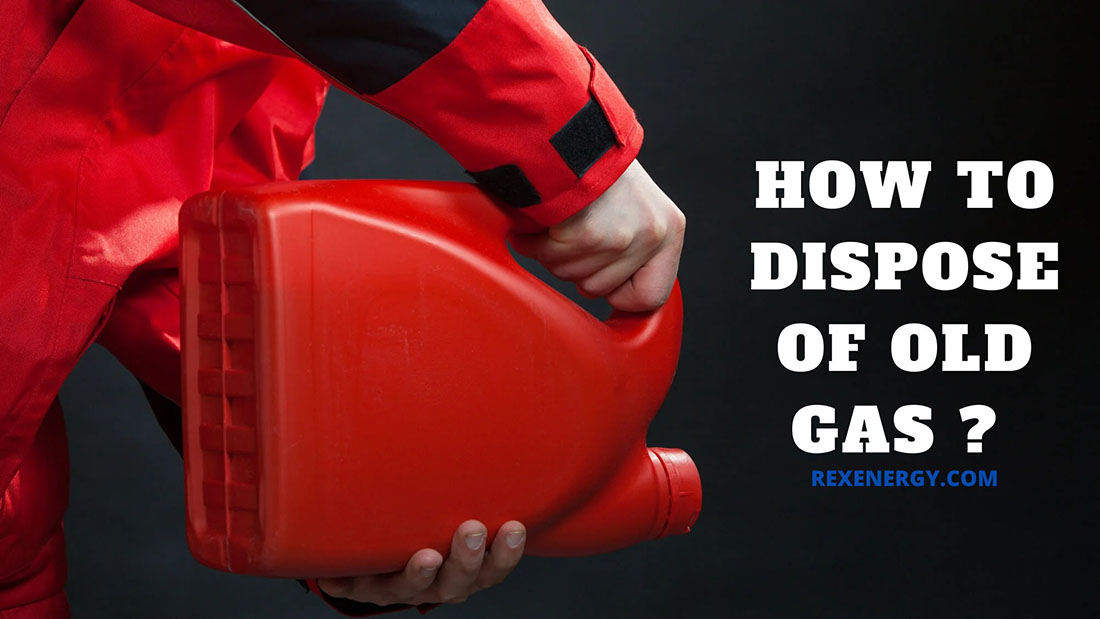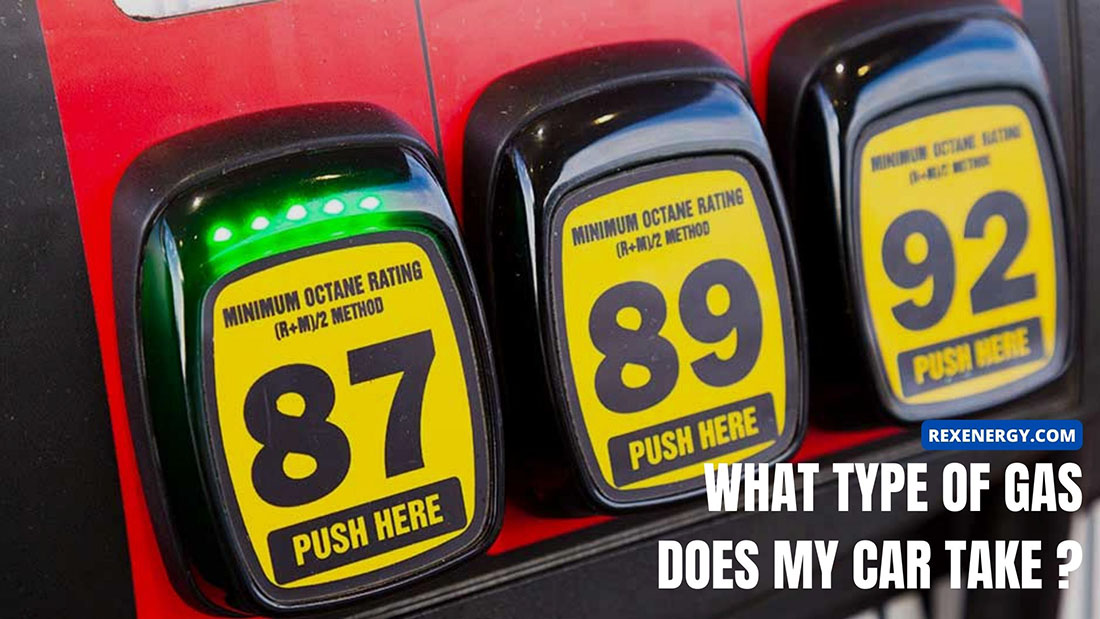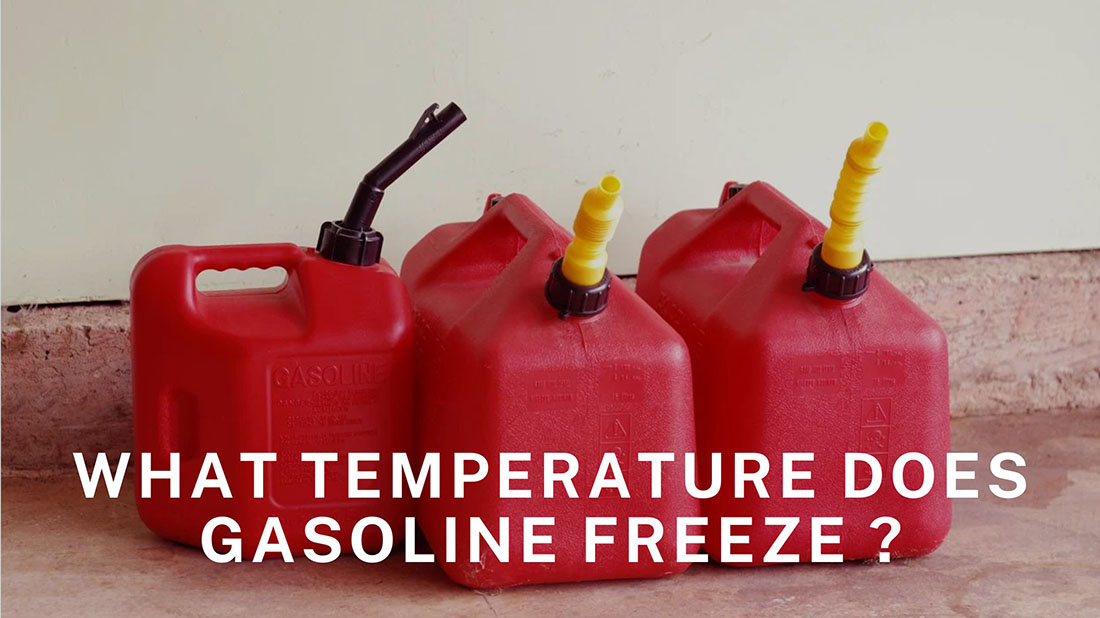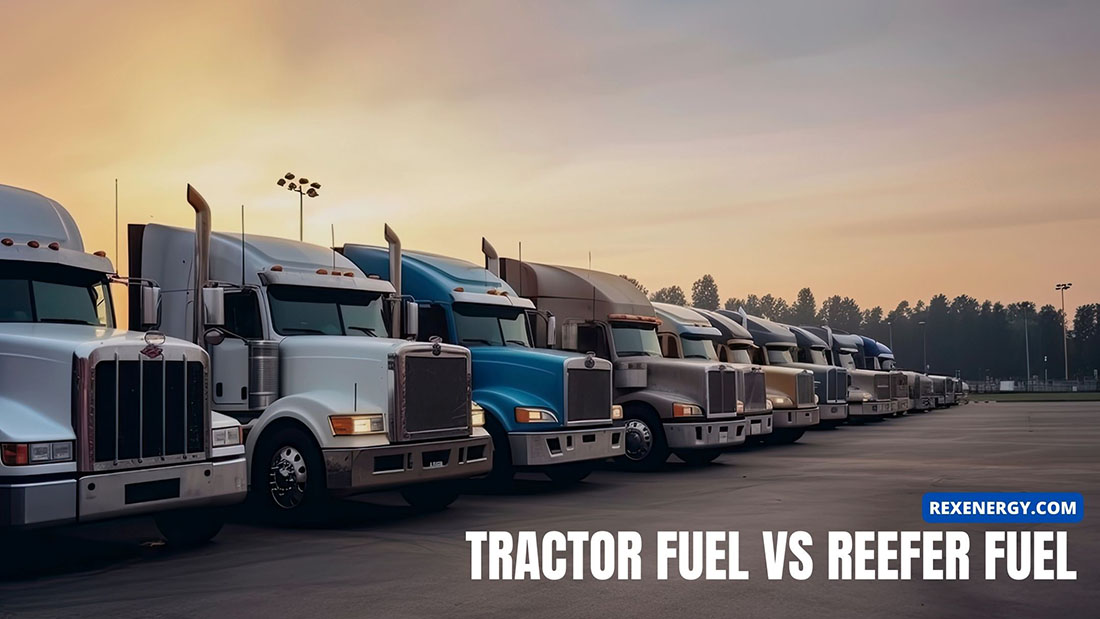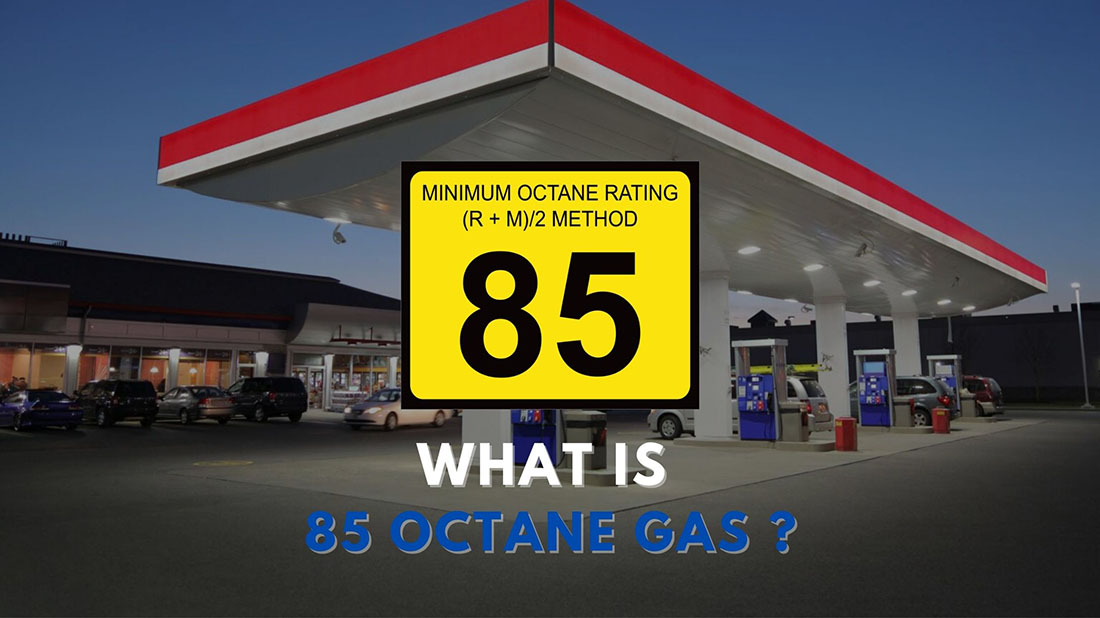Gasoline powers car engines to ensure smooth, safe operations for long periods. Inadequate gas level will lead to engine damage and decreased performance in a matter of time.
That said, many people fail to recognize the symptoms of gas shortage before it is too late, resulting in issues like a car that won’t start after running out of gas and more. Continue reading to learn how to deal with these situations
What Happens When The Car Runs Out of Gas? Common Symptoms
With too little gas left, the engine cannot maintain smooth, consistent performance; it will keep stuttering, misfiring, and shaking. You will also notice a loud popping noise due to sudden combustions and backfires, and it becomes more challenging to steer the car and engage the brake properly.
If your car has a gauge, the reading might be below 15% or almost empty at this point.
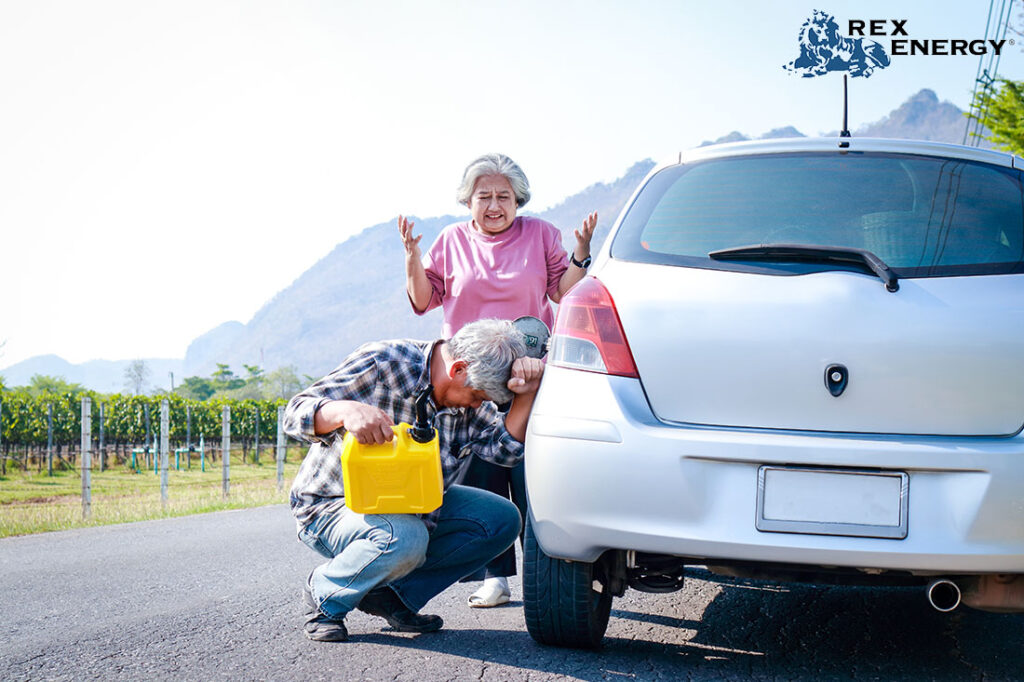
Engine Stuttering
With no fuel supply for the cylinders, the engine cannot maintain the optimal fuel-air mixture for smooth combustion. As a result, your car fails to complete the combustion cycle and keeps misfiring/sputtering every few miles.
Disruptive Power Surges
Running out of gas can damage your car dramatically. When the engine’s fuel supply is disrupted, the engine struggles to retain sufficient fuel pressure for consistent, strong power delivery. Your car can still generate power output, but it feels unpredictable and much shakier than usual with sporadic power surges.
In more severe cases, excessive air might enter the car’s fuel lines and cut off the gas flow, which sabotages the engine’s fuel delivery and causes instant jerking. If the issue is not handled properly, your car might even lose all of its power at some point.
Backfires and Popping Noises
A car makes a popping noise when out of gas.
As mentioned above, the air-fuel mixture leans out due to less fuel and more air, resulting in incomplete combustion. Unburned fuel will enter the exhaust system, causing sudden combustion and shooting tailpipe flames; these mini explosions are the reasons behind the popping noise.
Less Responsive Steering and Braking
The lack of gas prevents your power steering pump from functioning as usual, making it much harder to steer the car properly at lower speeds.
Likewise, your power brake system suffers from a severe vacuum loss when the engine runs on low gas. That’s why its brake pedal feels much firmer and needs greater force to come to a full stop.
The Gauge Reads Empty
Some car models install gauges to inform you of the current gas level. If the gauge reads below 15% or almost empty, your tank barely has any fuel left for decent functioning. It’s best to refill it immediately.
How to Check Whether Your Car Runs Out of Gas or Not?
Most of the symptoms described above might also come from other sources rather than a low gas level. So, consider the following tips to confirm your car really has run out of gas, especially if you do not have a fuel gauge:
- Open the fuel filler cap, then use a flashlight (if necessary) to look into the fuel tank and see whether it is empty.
- Usually, when turning the key to the “ON” position (without starting the engine), you should hear a faint buzzing or whirring sound from the fuel tank. That is the sound of the fuel pump priming; if you cannot hear anything, poor fuel delivery is likely the reason.
- Consult your owner manual for specific info (if any) on how to check the fuel level or other unique indicators to confirm gas shortage.
What To Do If You Run Out of Gas?
Step 1. Pull over safely
Pull over to a safe spot if your tank still has some gas left. Do not forget to switch the hazard lights on to warn the other drivers on the road. Driving further to find a gas station is not a great idea since the gas might run out before you arrive.
And what if your car has already stalled right on the road? Then turn on the hazard light and shift into Neutral.
Step 2. Confirm where you are
Unsure about your current location? Then, use the car or phone’s GPS to identify it quickly. Otherwise, inspect the nearby buildings or road signs to identify your location.
Step 3. Contact your insurance company or request some roadside assistance
For people with a roadside assistance membership or car insurance, contacting these companies is the quickest and most effective solution. At your request, they will either tow your vehicle to the nearest station or bring in enough gasoline so that you can drive there by yourself.
- Insurance companies and roadside assistance aside, contacting a family member or friend is also a great idea.
- What if you have neither a membership nor insurance? Some regions have emergency response systems that offer free assistance. Find their numbers on the DOT website.
- Have no cellphone service? Ask someone on the road to make a phone call for you or bring you some gas from a nearby station. Be careful when approaching these strangers, and stay alert if they insist on driving you home.
- When none of the above work for you, the last resort is to walk to the gas station yourself to buy the gasoline. Return to the car immediately once done.
Step 4. Refill the tank and restart the car
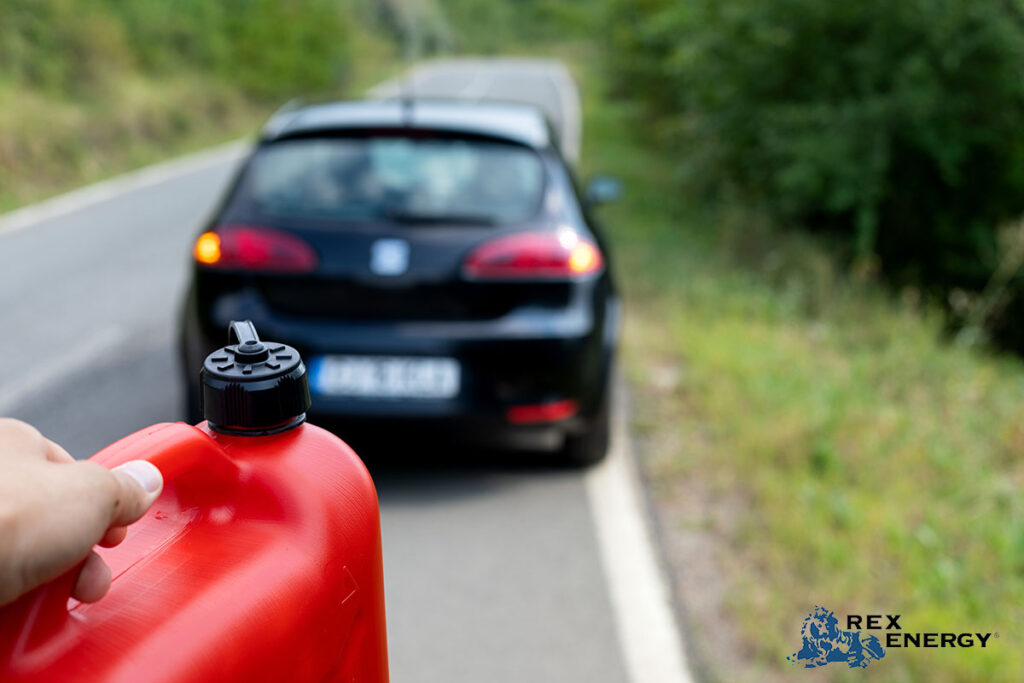
Even when the tank has already been refueled, you might still have to press the gas pedal several times to get the gasoline flowing faster to the engine. Then, switch the key in your ignition to “ON” about 3-4 times before starting the engine; your car should restart immediately.
If your first attempt doesn’t work, wait 1-2 minutes before trying again. After 5 failed attempts, contact a roadside/towing service to help bring it to a repair shop.
Extra Tips:
- If you have traveled on the road before and know where the nearest gas station is, drive as close to the station as possible, then walk the rest of the way.
- Do not over-speeding. Drive as steadfastly as possible to save the last drops of your gasoline.
- Consider hailing down a friendly motorist to ask him to ride you to the station. Lots of people are ready to help!
How to Prevent The Gas from Running Out
- Always bring some extra gasoline when traveling in case of emergencies.
- Double-check the route, especially if you drive out of town or go on a long road trip, and remember all the gas stations along the way.
- Refill the tank frequently; never let the gas tank go below a quarter full.
What If Your Car Still Has Gas But Cannot Run Well?
If your car stutters or struggles to keep going despite the tank being at least 50% full, the reasons might be:
Dead batteries. In that case, the dashboard lights and instrument panels will not turn on, and the battery symbol might appear on the display. Consider jump-starting your car, either with a cable or with another car.
Bad alternator. When the alternator goes bad, there will be a strong burning smell since the alternator and belt work together. The only possible solution is to have an expert inspect and replace it if necessary.
Malfunctioning fuel pump relay or spark plugs. Cars with these issues will struggle to accelerate and constantly misfire. Again, you are probably not experienced enough to handle them yourself, so leave the job to experts.
Other issues. Bad motors, broken timing belts, and faulty fuses all result in decreased fuel economy and much less responsive steering. Get a mechanic to check the system and identify the source of the problem.
Conclusion
A car will not start without gas, so the only logical solution is to get to the gas station (either by yourself or with help from passersby/roadside services) and buy gasoline for a refill.
On another note, the car’s performance failure might come from other automobile parts, such as a bad spark plug, a defective alternator, or a dying battery. Have a certified mechanic handle the problem if you are not experienced.

